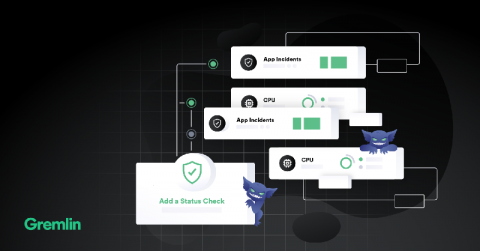Building more reliable financial systems with Chaos Engineering
The financial services industry has built in more capital buffers to prevent market shocks from bringing another economic collapse. In addition to these financial controls, many banks and personal trading platforms have begun building resiliency into information technology shocks. Despite these new precautions, we’re still seeing outages today, preventing customers from depositing and withdrawing their money, completing transactions, and executing trades during key events.






